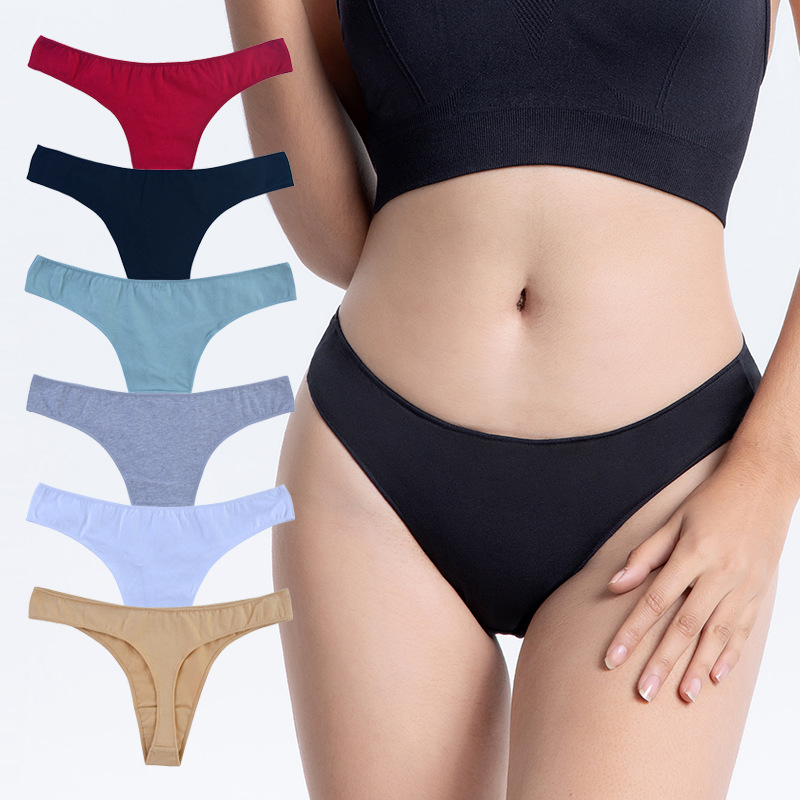
The Secret to Seamless Period Protection: How Wearable Technology is Revolutionizing Menstrual Care
For centuries, women have relied on traditional methods to manage their menstrual cycles, such as pads, tampons, and menstrual cups. While these products have been effective, they have also been criticized for being inconvenient, uncomfortable, and even harmful to women’s health. In recent years, wearable technology has emerged as a game-changer in menstrual care, offering a more sustainable, comfortable, and discreet way to manage periods. In this article, we’ll explore the secret to seamless period protection and how wearable technology is revolutionizing menstrual care.
The Problem with Traditional Methods
Traditional methods of menstrual protection have long been the subject of controversy. Tampons, for instance, can cause Toxic Shock Syndrome (TSS), a serious and potentially life-threatening condition. Meanwhile, menstrual cups can be uncomfortable to insert and remove, and may not always provide a snug fit. Pads, while convenient, can be bulky and leaky, leaving users feeling self-conscious and embarrassed. The constant cycle of inserting, changing, and disposing of these products can also be overwhelming and stressful.
The Rise of Wearable Technology
Enter wearable technology, a new breed of period protection that’s changing the game. These innovative products use cutting-edge materials and designs to provide enhanced protection, comfort, and ease of use. From intelligent underwear to smart tampons, wearable technology is revolutionizing the way we manage our periods.
One of the most popular examples of wearable technology is the silica-coated, reusable disc-shaped device known as the "Mooncups." Designed to be easy to insert and wear, Mooncups collect menstrual fluid, reducing the need for daily changes. Another popular option is the "Thinx" panty, a line of period-proof underwear made from moisture-wicking material that absorbs fluid and odor. These products offer a more convenient, comfortable, and sustainable alternative to traditional methods.
What Sets Wearable Technology Apart
So, what sets wearable technology apart from traditional methods? For starters, these products are often designed with women’s bodies in mind. They’re made to be more comfortable, more convenient, and more effective at managing periods. Additionally, wearable technology has been designed with sustainability in mind, reducing waste and environmental impact.
Other benefits of wearable technology include:
- Increased efficiency: Many wearable products, such as the Mooncups, require less frequent changing, reducing the hassle and annoyance of traditional methods.
- Improved comfort: Designed for comfort, wearable products are often made from soft, breathable materials that reduce irritation and discomfort.
- Enhanced confidence: With wearable technology, women can feel more confident in their ability to manage their periods, reducing stress and anxiety.
- Cost-effective: Many wearable products are reusable, reducing the need for frequent replacements and saving users money in the long run.
The Future of Menstrual Care
As technology continues to evolve, we can expect to see even more innovative solutions emerge in the world of menstrual care. With wearable technology at the forefront, the future of period protection looks brighter than ever. Imagine a world where women can manage their periods with ease, comfort, and confidence, without the burden of traditional methods.
In conclusion, the secret to seamless period protection is out: wearable technology. With its innovative design, comfort, and sustainability, it’s no wonder that this industry is revolutionizing the way we think about menstrual care. As we move forward, it’s essential to continue to prioritize research and development in this area, ensuring that women have access to the best products and solutions for their unique needs. By doing so, we can work towards a future where menstrual care is no longer a source of stress, but rather a natural part of life.





Leave a Reply